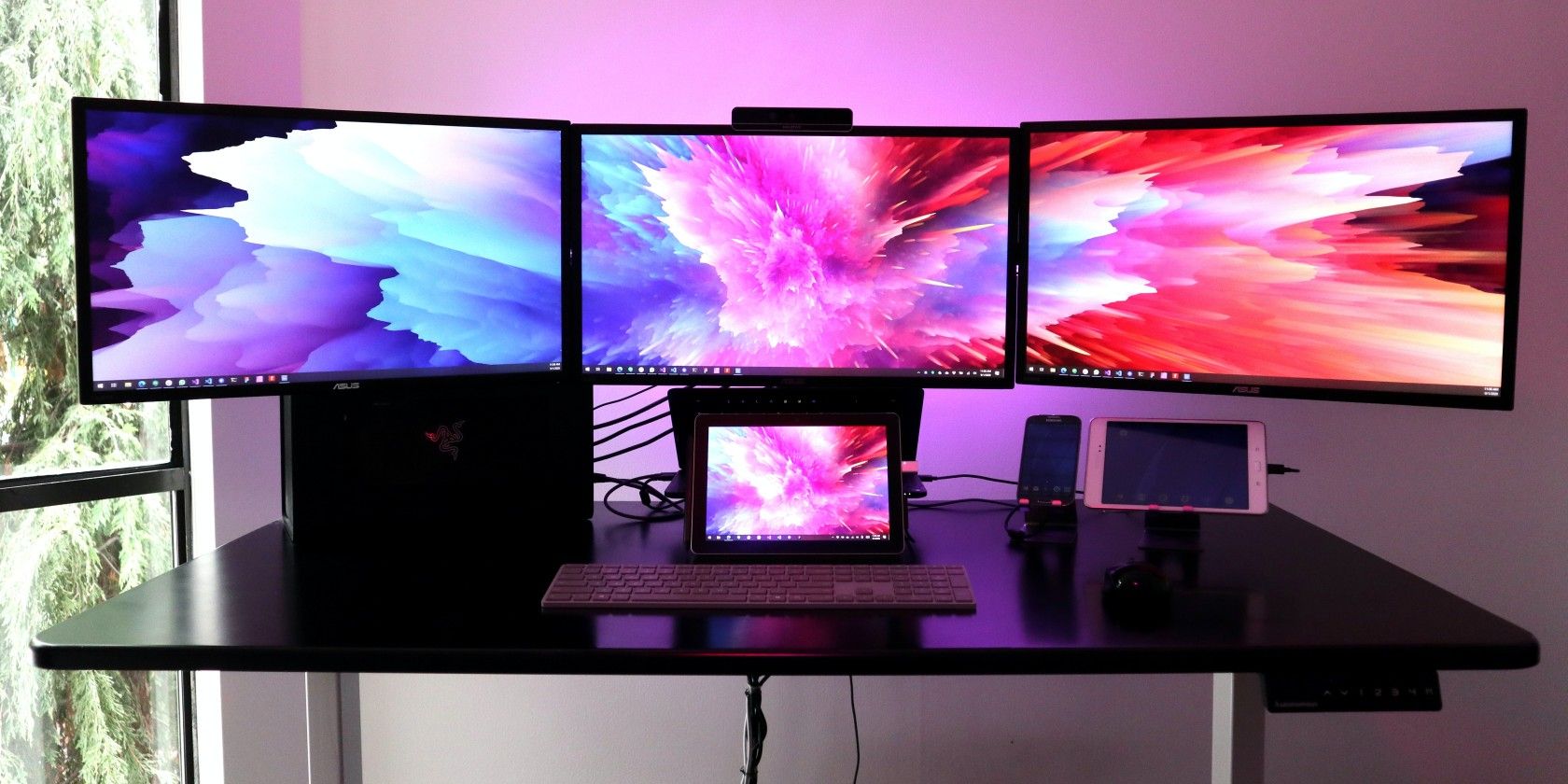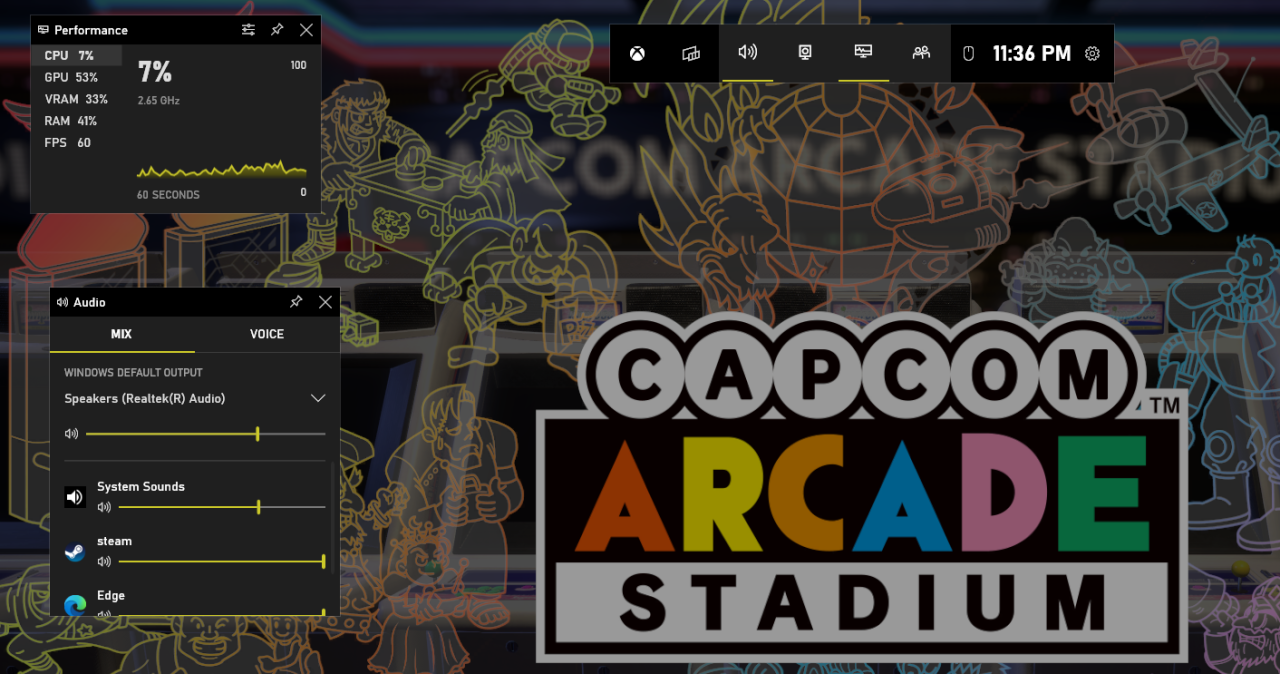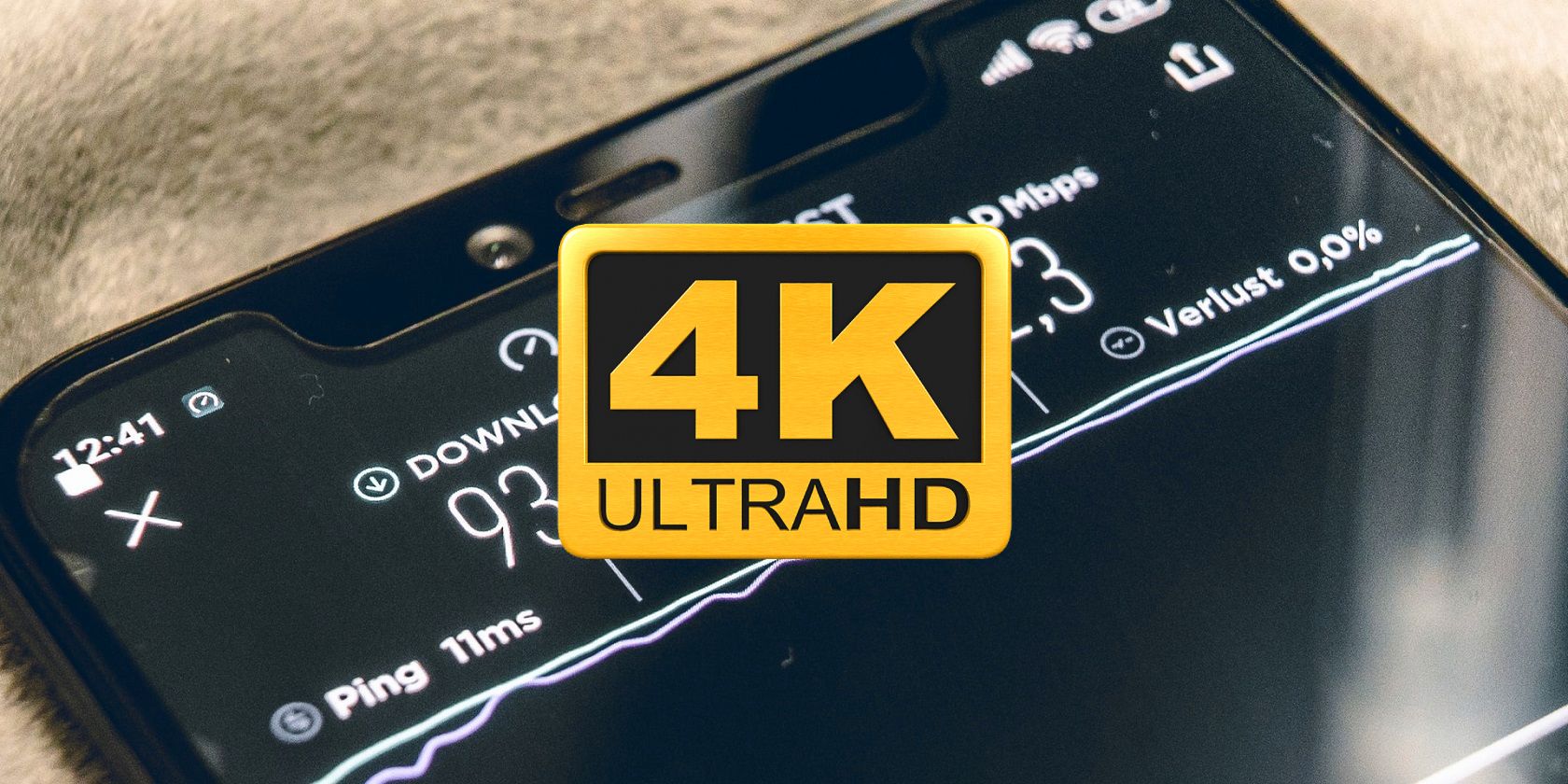Full HD (1080p) is the most popular display resolution in the gaming world. However, 1440p is gaining ground as people realize the better image quality on offer.
Now, the question is, what should you choose?
Let’s compare 1080p and 1440p displays and see which resolution comes out on top.
1080p vs. 1440p Gaming: The Three Factors to Consider
Not everyone has the same standard for gaming. Where someone might want their games to look the best, someone else might like theirs to play the best. This makes the conversation around the best display resolution for gaming nuanced.
To simplify the 1080p vs. 1440p debate, it is best to look at individual factors representing these resolutions. For instance, it is pretty easy to run modern AAA games at 1080p even if you have lower-tier current-gen hardware. On the other hand, running games at 1440p will require considerably more powerful GPUs and CPUs.
1. Pixel Density (PPI)
Pixel density is the number of pixels per inch of the display. It describes how many pixels you can see on every inch of the display. The higher this number, the sharper the image you will see. For instance, if we calculate the PPI of a 24-inch FHD (1920x1080) monitor, it comes out to 92.56 PPI. If we keep the monitor size the same but increase the resolution to 2K (2560x1440), the result is 123.41 PPI.
As you can see, by bumping up the resolution to 1440p, the PPI drastically increases, resulting in better sharpness. This is the key difference between 1080p and 1440p displays. If the display size is always the same, 1440p will always be sharper. Keeping this in mind, 1440p will allow you to increase the display size without losing any crispness.
In general, 1080p only looks good on 24-inch or smaller displays. Go any larger, and you will start to see pixelation (individual pixels become visible), which diminishes the quality of on-screen content. On the other hand, 1440p allows you to rock a much larger display with acceptable sharpness. For instance, a 27-inch 1440p display has a better PPI than a 24-inch 1080p display.
In short, if you want a bigger display, 1440p is the right choice for you.
2. Gaming Performance
The 1080p vs. 1440p gaming debate can never have a satisfactory answer if there is no talk about the impact of these resolutions on the performance. You probably don’t need us to tell you that the higher the resolution, the higher the performance cost. So, 1440p will result in a significant performance impact, and the games on your 1440p display won’t run as smoothly as on a 1080p panel.
Put simply, running games at 1440p resolution will shave quite a few frames off. Compared to 1080p, to drive a 2K display, the GPU has to do a lot more work. Maintaining 60fps on 1440p will be harder for your GPU than doing 1080p 60fps.
In other words, if you want to run graphically intensive games on your 1440p display at native resolution, with high or ultra-quality settings at 60fps or above frame rates, you’ll need a beefy GPU. If you have a graphics card that can push 2560x1440 resolution with respectable frame rates, then getting a 1440p display makes sense. Otherwise, sticking with a 1080p display will be the better choice since your gaming experience will be a lot better.
3. Display Cost
The next factor you need to consider is the cost of the display. Unsurprisingly, 1440p displays are more expensive than 1080p displays, if we keep all the factors like refresh rate, panel technology, and response time the same.
If we add higher refresh rates like 144Hz to the mix, the cost increases. The same goes for panel technology. OLED panels are the priciest, followed by IPS and VA panels, while TN panels are the most budget-friendly.
However, if money is not a concern, look towards monitors with high refresh rate, low latency, OLED or IPS panels. But if money is tight, a decent 60Hz 1440p TN will be a lot better than a 1080p 60Hz TN panel.
That said, for competitive gaming, it makes sense to get the fastest panel you can afford regardless of the resolution. For instance, a 1080p 240Hz display will give you a competitive edge over folks with 1440p 60Hz monitors.
Beyond 2K Resolution: 1440p vs. 4K
While 1080p and 1440p remain the display resolutions of choice for the majority, 4K (2160p) displays have started gaining momentum. A big part of the 4K momentum is due to hardware advancements that have made it possible to run games at 2160p with acceptable frame rates. For instance, Nvidia’s top-of-the-line RTX 3090 can run almost all modern games at 4K 60fps.
So, should you choose 4K over 1440p?
If you are primarily a PC gamer, a 4K display is not ideal for a couple of reasons.
- First, only a handful of GPUs on the market are capable of driving a 4K display at 60fps in modern AAA games with cutting-edge techniques like ray tracing. This essentially eliminates frame rates above 100fps. For people who play competitive games, lower fps numbers are a disadvantage.
- Second, 4K displays are considerably more expensive than 1440p displays. The price further increases if you include higher refresh rates and variable refresh rate (VRR) technologies.
Put simply, 1440p vs. 4K is only a debate if money is not an issue and you don’t do competitive gaming. For anyone who wants to game at over 100fps and doesn’t have a lot of money to spend, 1440p displays are the right choice.
What’s the Best Resolution for Gaming?
Considering image sharpness, hardware cost, and gaming performance, 1440p is the best all-around resolution for gaming. It is the sweet spot between blurry 1080p and ultra-sharp but expensive 4K. 2K resolution is also not as heavy on the GPU as 4K, so frame rates will be high, provided you have modern mid-range/high-end hardware.




